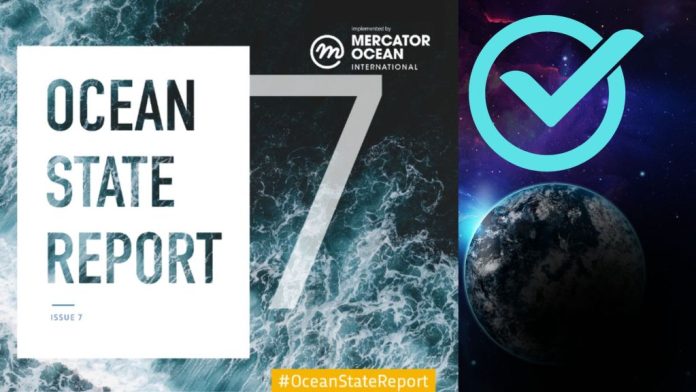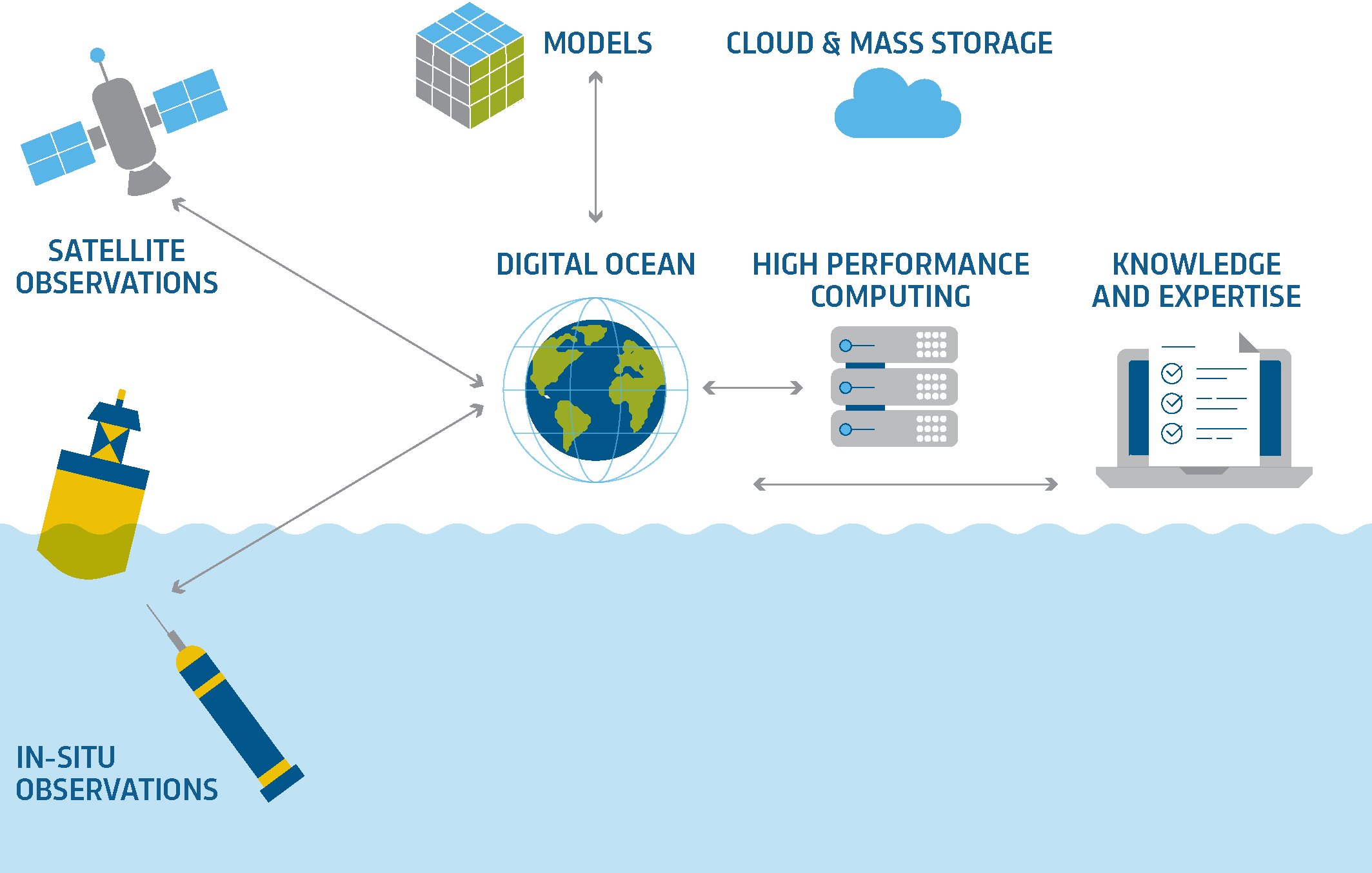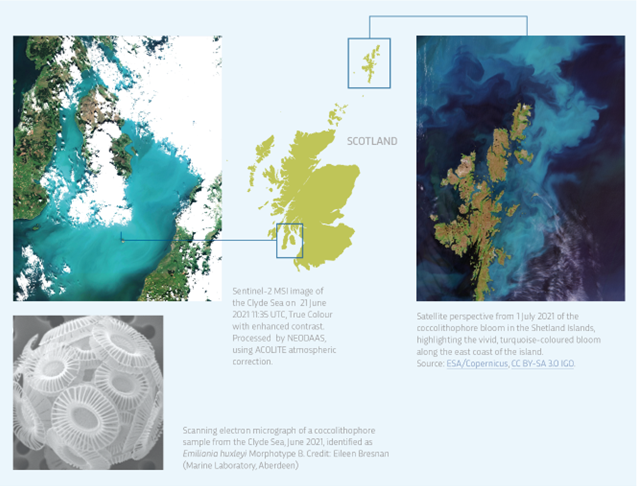
(www.MaritimeCyprus.com) The seventh edition of the EU Copernicus Ocean State Report (OSR) is now available, along with an interactive summary for policymakers. The OSR 7 is a flagship report of the EU Copernicus Marine Service, funded by the European Union and coordinated by Mercator Ocean International.
It provides a comprehensive overview on the state, variability and change of the global ocean for scientists, members of the blue economy, decision-makers and the public. The latest edition of the Ocean State Report details several unusual patterns across ocean systems, including, among others, changes in ocean circulation currents, intensifying marine heatwaves and unexpected biological production events. The OSR7 also details several new tools and technologies, which can help scientists better monitor, understand, and adapt to the challenges associated with an ocean in constant change.
State-of-the-art scientific findings
The OSR7 is based on a wide range of sources, including satellite and in situ observations, such as data from autonomous platforms, buoys and research expeditions; ocean reanalyses; and state-of-the-art computing that enables powerful 4D ocean forecasts across latitude, longitude, depth and time.

State of the ocean: Europe
In the summer of 2021, the waters around Scotland turned a bright shade of turquoise, twice. These unusual, visually striking events – in the Clyde Sea off the west coast of Scotland, and east of the Shetland islands – attracted considerable public interest and news coverage.
Results from the OSR7 showed that this was caused by two unusual blooms of coccolithophores, a marine plankton that influences the marine carbon cycle and shapes the climate by capturing and storing carbon. The coldest April in the last 30 years in the Clyde Sea is thought to have restricted the regular spring bloom, and a wet and stormy May added nutrients to the sea, which, combined with other optimal conditions, led to a large bloom in the summer. The Shetland bloom originated in the north at the edge of the continental shelf and was carried south and west by surface currents.

Discover more, by obtaining the full report below:
Source: Copernicus EU














